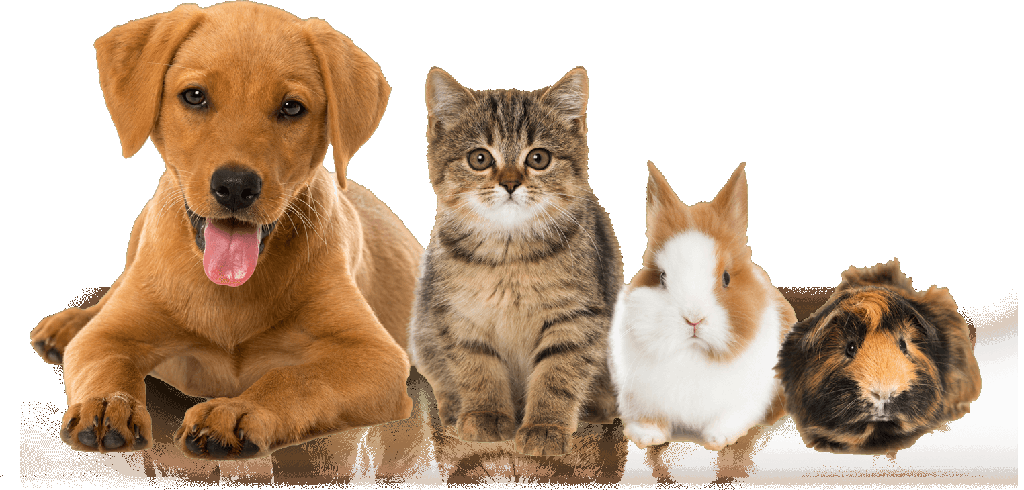from the Texas A&M College of Veterinary Medicine & Biomedical Sciences.
The holiday season is a time to show appreciation to our loved ones, both people and pets. Handmade toys and treats are a wonderful way to do so — they allow owners to avoid busy stores during the pandemic, ensure their gift is pet-safe, and add a personalized touch.
Courtney Markley, a veterinary student ambassador at the Texas A&M University College of Veterinary Medicine & Biomedical Sciences, offers some ideas for pet-safe holiday fun that can be found around your home.
Pet-Approved Treats
While the roast Fido may reach for during your holiday dinner can cause gastrointestinal issues, pet owners can provide safe and tasty treats as alternatives that hit the spot for their pooch. Markley offers up two holiday recipes that dog owners can make from pantry staples:
Holiday Ice Cream Treats for Dogs
- Blend together three ripe bananas, 32 oz. plain yogurt, and one cup peanut butter
- Pour mixture into holiday-shaped ice cube trays
- Freeze
“Rub coconut oil on the ice cube tray before adding the mixture to make getting them out easier,” Markley said.
For a more traditional treat, owners can make pet-safe holiday cookies for their dog to enjoy.
Peanut Butter Holiday Cookies for Dogs
- Grease a cookie sheet with coconut oil
- Mix together one cup flour (or wheat flour), ½ cup oats, one egg, 1/3 cup peanut butter, one mashed banana, and one tablespoon honey
- In a separate cup, lightly beat one egg white
- Roll out the dough to ¼ inch thick on a floured surface
- Use holiday cookie cutters to cut into desired shapes
- Place on cookie sheet and brush with the egg white
- Bake at 300 degrees until golden and firm, about 35 minutes
Terrific Toys
For a more permanent gift, pet owners can make low-cost, high-fun toys out of common household items. For dogs, Markley said all pet owners need to make a festive toy is a holiday themed sock and a tennis ball.
“Place an old tennis ball inside a holiday sock and tie a knot in the sock just above the ball,” she said. “These toys are fun to throw long distances and for tug of war.”
Cat owners can also get in on the fun. For a simple but effective toy, pet owners can decorate empty toilet paper rolls with a holiday theme and cut fringe on the edge of the roll or shapes out of the middle.
“If you have an old mitten or a mitten that’s missing its mate, you can pour cat nip into the glove and hand sew it closed with a simple stitching pattern,” Markley said. Your feline friend won’t be able to keep their paws off of it.”
Keepsakes For Pet Parents
Owners also can make a holiday decoration for themselves to remember the merry season spent with their pet. Markley offers a recipe for a simple salt dough that can be stamped with your pet’s paw and baked to harden.
Pawprint Ornaments
- Mix together two cups flour, one cup salt, and one cup of water by hand until a dough is formed
- Roll out the dough to ½ inch thick and smooth out the top
- Use cookie cutters or free hand a design in the dough into whatever shape you desire
- Gently and firmly press your pet’s paw into the dough until you can see the impression of the paw on the dough
- IMPORTANT: thoroughly rinse the paw to remove any dough that may have stuck to it. Alternative: use your own fingers to create a paw shape in the dough
- Use a straw to create a hole at the top for the ribbon
- Bake at 250 degrees for about two hours until it is hardened
- Cool overnight and then decorate with paint, markers, or whatever you have available
- Attach a ribbon through the hole to hang
It is important that owners do not allow their pet to eat the dough or the baked ornament because the quantity of salt will make them sick.
There is plenty of holiday fun to be found at home this season. Using common household items and a bit of creativity, pet owners can help their animals have a happy holiday without ever needing to brave the cold.
Pet Talk is a service of the College of Veterinary Medicine & Biomedical Sciences, Texas A&M University. Stories can be found on the Pet Talk website. Suggestions for future topics may be directed to editor@cvm.tamu.edu.
By Texas A&M University College of Veterinary Medicine & Biomedical Sciences Staff




